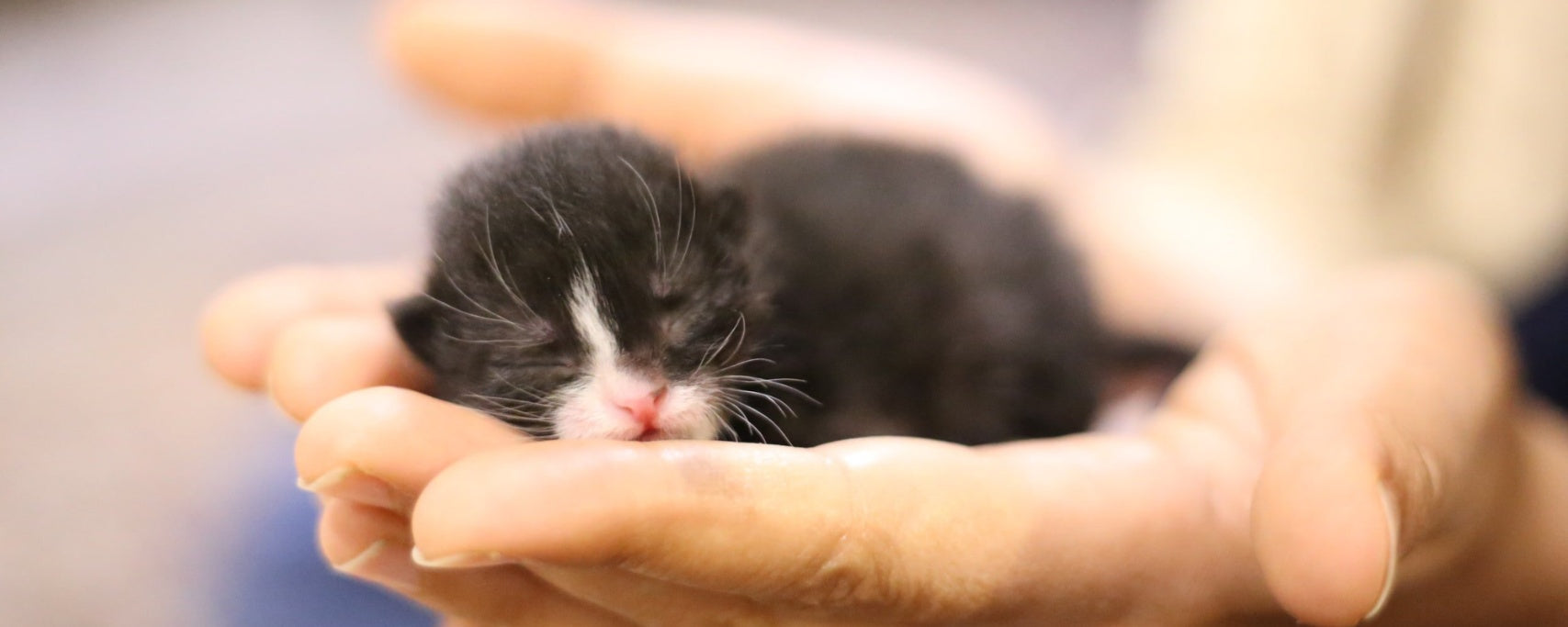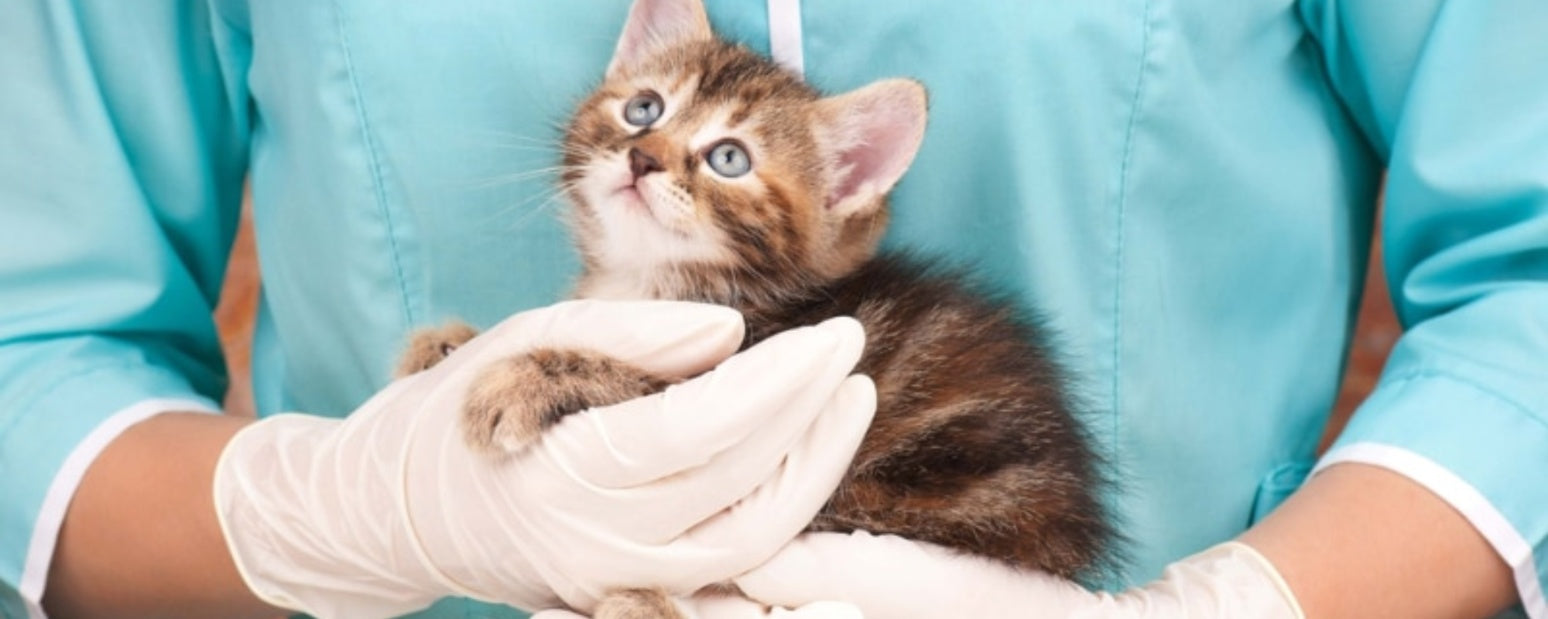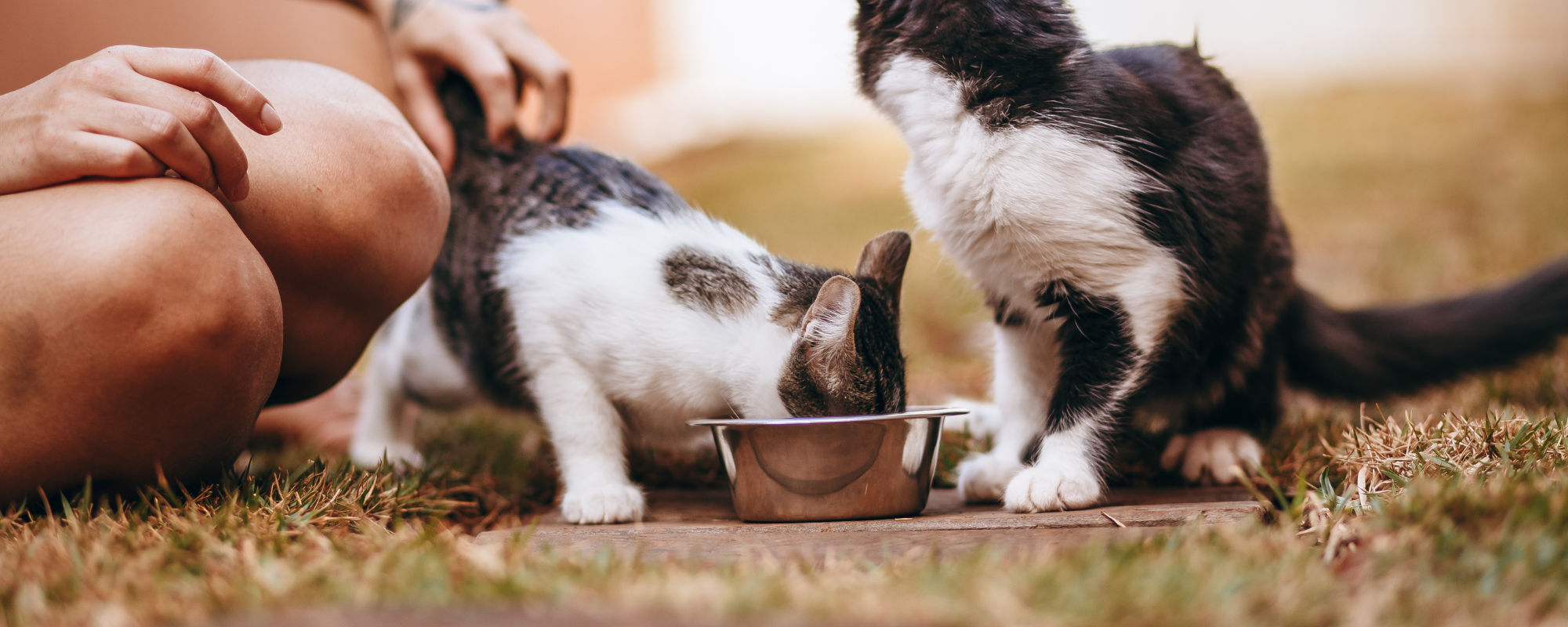Preparing for the Arrival
Before your kitten comes home, a bit of preparation goes a long way. Start by gathering essential supplies, including a cozy bed, food and water dishes, high-quality kitten food, a litter box, toys, and scratching posts. Having these items ready ensures a welcoming and stress-free environment for your new pet. Kitten-proofing your home is equally important—secure loose wires, store small objects, and confirm that all plants in your home are safe for cats. These steps will minimize potential hazards and keep your kitten safe. Finally, designate a quiet area like a small room or bathroom as a safe space where your kitten can begin adjusting to their new surroundings. Equip this space with all the essentials to help them feel secure during the initial days.
The First Day: Settling In
The first day in a new home can be overwhelming for a kitten. To ease their transition, limit their exploration to the designated safe space. This smaller area helps them feel secure while adapting to their unfamiliar environment. Allow your kitten to approach you on their terms rather than forcing interaction—they may initially hide or seem timid, which is perfectly normal. Placing a blanket or toy with a familiar scent from their previous environment can provide additional comfort and help them adjust more quickly.
Building Trust and Socialization
Kittens are naturally curious and playful, but they need time to build trust with their new family. Interactive play is a great way to bond with your kitten while providing physical and mental stimulation. Use wand toys or other engaging options to encourage playtime. Additionally, gentle handling of their ears, paws, and tail helps them grow accustomed to touch, making grooming and vet visits easier in the future. If you have other pets, introduce them gradually. Allow the pets to sniff each other through a closed door or baby gate and ensure all interactions are supervised until they are comfortable with one another.
Nutrition and Feeding
Proper nutrition is crucial for a growing kitten. Choose a kitten-specific diet that meets their nutritional needs, and follow feeding guidelines based on their age and weight. Establish a feeding routine with consistent mealtimes to create a sense of security and predictability. Always provide access to fresh water and clean the bowls daily to maintain hygiene and encourage hydration.
Litter Box Training
Most kittens adapt quickly to using a litter box, especially if they’ve already been introduced to one. Start by placing the litter box in the safe space, as this limits the chances of accidents while they acclimate to their new home. Use unscented, non-clumping litter to avoid irritating their sensitive paws and noses. Clean the litter box daily and perform a thorough cleaning at least once a week to ensure it remains inviting and hygienic for your kitten.
The First Vet Visit
Schedule your kitten’s first vet visit within the first week of bringing them home. This appointment is essential for their long-term health. During the visit, the vet will perform a comprehensive health check, including assessing their weight, temperature, and overall condition. They may also look for fleas, ticks, or other common issues. Your kitten will likely receive their first round of vaccinations to protect against illnesses, and the vet will provide a schedule for follow-up shots. Additionally, the vet may test for and treat parasites, which are common in young cats. Use this opportunity to ask questions about their diet, grooming needs, and any other concerns you might have.
Gradual Exploration
Once your kitten feels comfortable in their safe space, you can begin introducing them to other areas of your home. Start with one room at a time, allowing them to explore slowly and ensuring they feel secure in their new environment. During these explorations, supervise them closely to prevent accidents or encounters with potential hazards. Gradual exploration helps them build confidence and familiarity with their surroundings.
Encouraging Play and Exercise
Kittens are full of energy and need regular physical activity to stay healthy and happy. Schedule multiple short play sessions throughout the day using toys that mimic prey, such as feather wands or balls. Scratching posts are essential for satisfying their natural instincts and protecting your furniture. To keep playtime exciting, rotate their toys regularly, offering new and interesting options for them to engage with.
Monitoring Health and Behavior
Throughout the first month, closely monitor your kitten’s behavior and physical condition. A healthy kitten is typically active, curious, and eats and uses the litter box regularly. Watch for warning signs such as diarrhea, vomiting, lethargy, or lack of appetite, and contact your vet if you notice any of these issues. Regularly weigh your kitten to ensure they are growing at an appropriate rate—about one pound per month is typical for a healthy kitten.
Adjusting to the New Routine
By the end of the first month, your kitten should feel more confident and comfortable in their new home. Consistency is key—maintain regular feeding, playtime, and interactions to build trust and security. Use positive reinforcement, such as treats or gentle praise, to reward good behavior and encourage bonding. Remember, every kitten is unique, so be patient as they adapt to their new environment and routines.
Final Thoughts
The first 30 days with your new kitten are a time of learning, bonding, and adjustment. By preparing in advance and following these steps, you can help your pet transition smoothly into their new home. The effort you put in now will create a foundation of trust and happiness that lasts a lifetime.
Welcome your kitten home with love and care, and get ready to enjoy all the joy and laughter they bring to your life!








